|
Plants that bask as the temperatures skyrocket are prized for their reliability. These are plants that thrive in the heat and are often low maintenance because they don’t require much water. The good news is that you can still plant these in July as long as you provide ample water for them to take root. Hydrangea paniculata Name: Panicle hydrangea (Hydrangea paniculata ) USDA Hardiness Zones: 4 to 8 Size: 12 to 20 feet tall and wide Conditions: Full sun to partial shade; well-drained soil The lush panicle hydrangea is a surprisingly drought-hardy stunner. It peaks at the height of summer with magnificent 6- to 15-inch-long white blooms that cover arching limbs. They change from greenish white to pinkish red. In fall, the leaves drop, leaving bare branches weighted with large dried blooms into winter. Varieties worth considering include ‘Limelight’ and ‘Little Lamb’. Quince Name: Flowering quince (Chaenomeles speciosa ) Zones: 5 to 9 Size: Up to 8 feet tall and 15 feet wide Conditions: Full sun to partial shade; well-drained, slightly acidic soil The beautiful blossoms of flowering quince are sure to get your heart pumping. Bare branches are covered with cottony blooms on ‘Jet Trail’ or kissed with a vibrant lipstick red on ‘Texas Scarlet’. As the flowers fade in spring, the foliage begins to appear (inset). Typically, the bare branches are a stunning gold or red in fall, when they occasionally rebloom again. The likeliness of a second bloom is increased by a dry spell in late summer followed by plenty of fall rain. Name: Winterberry (Ilex verticillata ) Zones: 5 to 8 Size: Up to 15 feet tall and wide Conditions: Full sun to partial shade; well-drained, acidic soil We’re not sure who the bigger fan of winterberry is: us or the fat mockingbird that spends the winter trying to eat every vibrant berry from the leafless stems. The fruit begins to ripen in late summer when the leaves are still lush. Winterberry holds onto the branches through the fall—even after the foliage changes color and drops. The straight species of this plant is spectacular, but if you’re short on space, ‘Red Sprite’ is a snazzy smaller option at 3 to 5 feet tall and wide. Spirea Name: ‘Anthony Waterer’ spirea (Spiraea × bumalda ‘Anthony Waterer’, syn. Spiraea japonica* ‘Anthony Waterer’) Zones: 4 to 9 Size: Up to 5 feet tall and wide Conditions: Full sun; fertile, well-drained soil ‘Anthony Waterer’ is attractive en masse and shines when peppered in a border. No wonder it’s popular. New growth is bronze to red but matures to green. Pink blooms cover the shrub late spring to early summer. Remove spent blooms before they turn brown to increase the chance of a second show of flowers. American Beautyberry Name: Callicarpa americana Zones: 5 to 9 Size: Up to 6 feet tall and wide Conditions: Prefers partial shade; fertile, well-drained soil This gem-studded shrub is native to North America. The small berries are attached in dramatic clusters up and down the stems. The fruit turns an exotic lavender-purple (or bright white in the case of ‘Lactea’) and persists through fall—or until the birds eat them. Arching branches are bare in winter but come alive in spring with bright green leaves. In late spring to summer, delicate pink blooms appear, followed by the showy fruit. Japanese Tree Lilac Name: Syringa reticulata subsp. reticulata Zone: 3-7 Size: 20-30’ tall, 15-25’ wide Conditions: Full Sun. Prefers moist, well-drained soil, but tolerates dry sites. Intolerant of poor drainage. Attracts butterflies, hummingbirds and pollinators. Red Cedar Name: Juniperus virginiana Zone: 2-9 Size: All sizes as a shrub or tree Conditions: Likes full sun and a more neutral soil amended with commercially ground limestone. Aromatic tree with reddish wood. Trees are good for windbreaks and city landscapes for hedges, screens or as a specimen tree. Oak Bur, Northern Red, Chinkapin Name: Quercus Zone: 60-80’ tall 30-45’ wide Size: 3-8 Conditions: Full Sun. Some oaks tolerate the heat and serve as a lovely shade tree specimen. Give these beauties plenty of room to grow. In the fall enjoy their brilliant fall colors and feel good about the value they offer wildlife. Name: Kentucky Coffeetree Name: Gymnocladus dioicus Zone: 3-8 Size: 60–75' tall, 40–50' wide Conditions: Full Sun. Drought-resistant. Tolerant of pollution. Adaptable to a variety of soils. With its reputation as a tough species, the Kentucky coffeetree is an excellent choice for parks, golf courses and other large areas. It is also widely used as an ornamental or street tree. The tree’s picturesque profile stands out in all seasons and can be attributed to a unique growth habit of coarse, ascending branches that often form a narrow crown. Tree expert Michael Dirr points out that there are “certainly no two exactly alike.” Northern Catalpa Name: Catalpa speciosa Zone: 4-8 Size: 40-60’ tall, 20-40’ wide Conditions: Full Sun to Partial Shade. This is a tree that demands your attention. White, showy flowers. Giant heart-shaped leaves. Dangling bean-like seed pods. Twisting trunk and branches. How could you not stop to take it in? And with all of these unique features, the northern catalpa is popular with children, who sometimes refer to them as “String Bean Trees.” While not ideal for every location, this unique and hardy tree is a fast grower that finds a home in parks and yards throughout the country. Perennials Snowcap Shasta Daisy Zone: 4-9 Size: 14” Tall, 12” Wide Conditions: Give them a sunny spot . Remove flowers as they fade to promote further bloom and give them space. Attracts butterflies and makes an ideal cut flower. Russian Sage Blue Jean baby or Denim ‘n Lace Zone: 4-9 Size: 30” tall, 36”wide Conditions: Airy, aromatic and a bee magnet, this plant comes in several heights and stays gorgeous all summer long. It is deer resistant, too. Full Sun and good drainage. Sedum (Stonecrop) Zone: 3-9 Size: tall or short, ground cover Conditions: Sedums are a well-known perennial for their distinctive fleshy foliage and come in a wide range of shapes and sizes. Star-shaped flowers are usually in clusters or sprays that often change color throughout their bloom time. Enjoys full sun, but will tolerate some shade. You may already have some of these heat-loving plants in your yard. If you have plants that aren’t holding up on hot days, try moving them to some shade. And replace them with reliable plants from this list of summer sizzlers.
0 Comments
Your comment will be posted after it is approved.
Leave a Reply. |
Thank you for finding us! Holly and I have collaborated to bring you informative, fun, and seasonal garden inspiration blogs.
Subscribe to receive our blogs on the 1st and 15th of the month--Gwen Follow my landscape & garden design Pinterest Page to see more pics, inspiration and Gwen's home garden journey!
AuthorsGwen Wisniewski: Landscape and Garden Designer. Contact me. Let me help you integrate these garden inspirations. Choose the links below to find out more about my landscape design service or to make an appointment. |
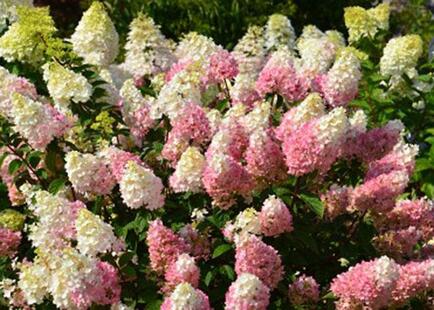
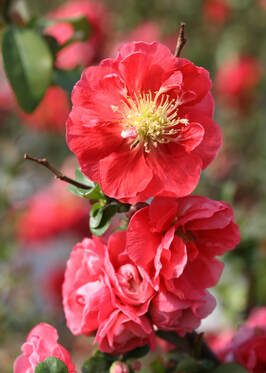
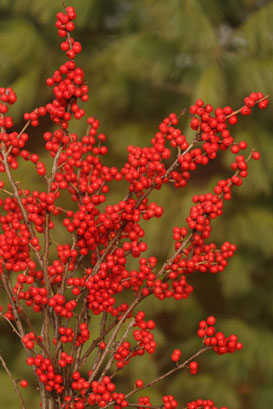
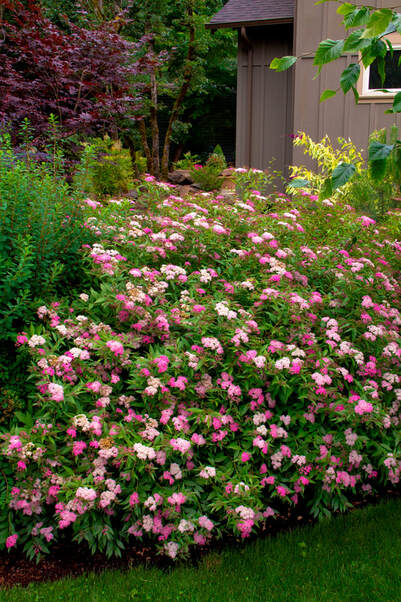
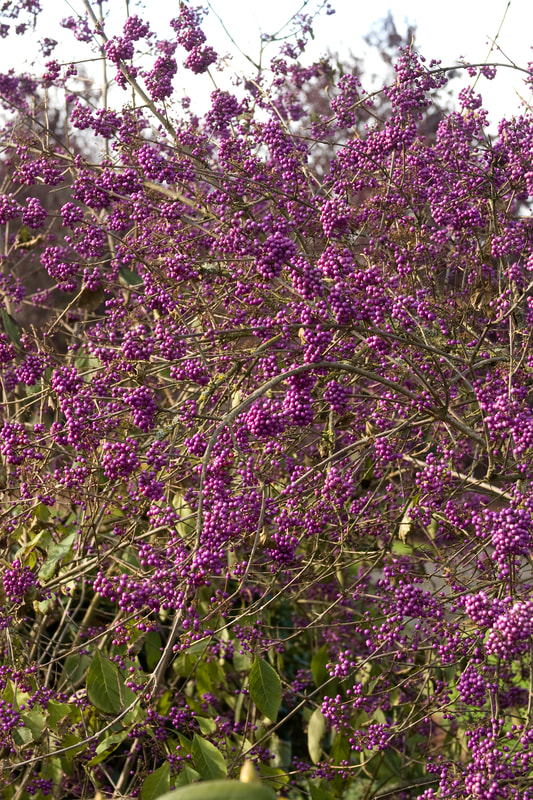
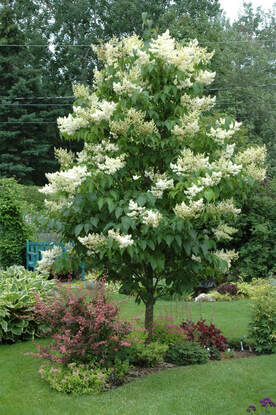
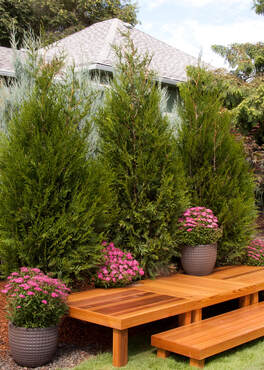
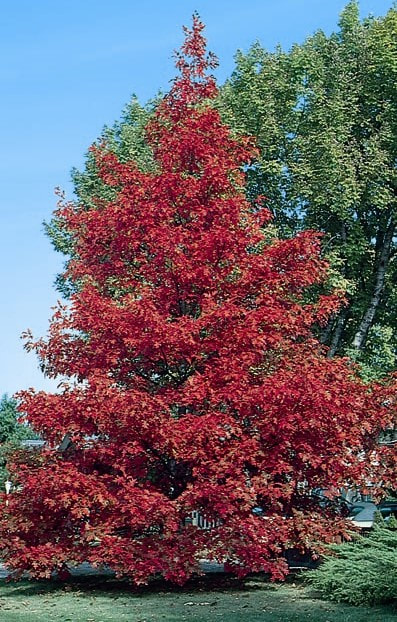

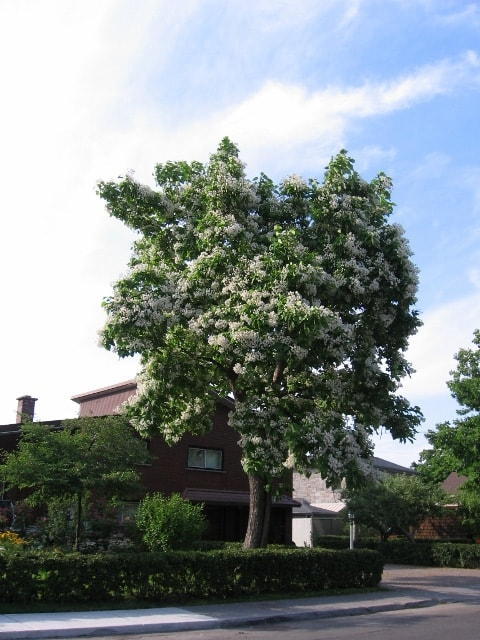
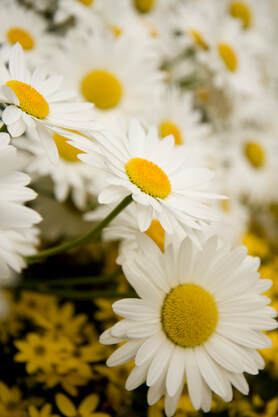
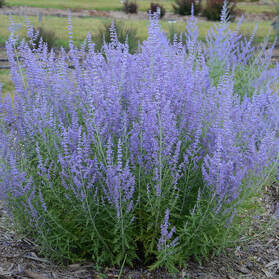
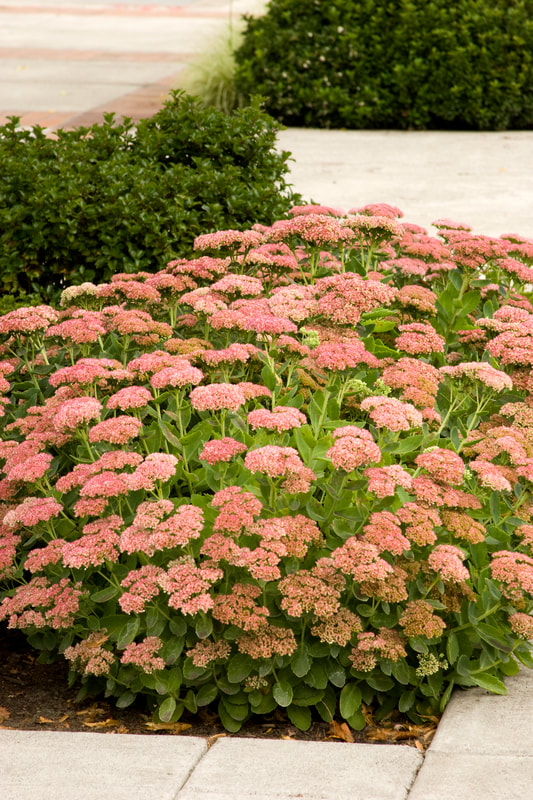


 RSS Feed
RSS Feed